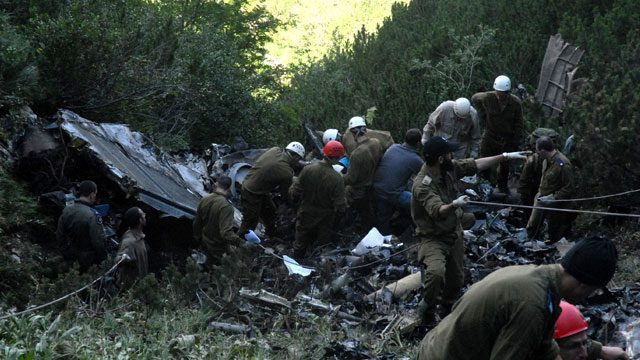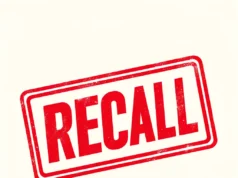
Post-helicopter crash fires are a serious problem.
While regulators have known about this danger for decades, they’ve never fully fixed the problem.
There have been concerns for quite some time regarding hard landings and crashes that involved fuel tanks erupting on helicopters. There is an abundance of available data about situations in which people survived the crash only to be burned in a fire because of the fuel tanks.
An investigation conducted between WBIR and its sister station KUSA-TV in Denver uncovered two important facts:
- Most manufacturers of helicopters are still installing fuel tanks that fail to adhere to safety standards due to a loophole in federal regulations.
- Many times, passengers survived the actual crashes but died as a result of the ensuing fire.
Unfortunately, this is exactly what happened to the majority of the occupants involved in a helicopter crash on April 4th at Pigeon Forge. During a sightseeing flight for Smoky Mountain Helicopters, the chopper hit a ridge and then crashed into the woods located behind the Tanger Outlet Malls before it caught fire.
Investigators say that four of the five people killed in this accident died not on impact, but when the fuel tank ruptured and caught fire.
Crash vs. Fire
Because the four people who died in the Pigeon Forge crash survived the initial impact, it is believed that if there was no fire, the victims would have lived. Later, it was revealed that fire has been a significant factor in more than 25% of fatal crashes involving this same model of helicopter.
In a July 2015 helicopter crash in Frisco, CO, federal investigators again determined that the initial crash was survivable, but since the helicopter wasn’t equipped with a crash-resistant fuel system, a post-impact blaze resulted in one fatality and left another with burns on more than 90% of his body.
Information from the National Traffic Safety Board (NTSB) showed that on a national basis, a total of 175 fatal crashes in which the helicopters burned afterwards have occurred since 1994. At least 82 of the people aboard during those crashes died as a result of the fire and not the crash.
Plans for the Future
Even though the FAA implemented crash resistant fuel systems (CRFS) in 1994, this was only a requirement for “new” helicopters — and by that, they mean new helicopter models. This means that, for example, since the Bell 206L helicopter was certified in 1977, new ones being built today are not required to meet current regulations. This is completely unacceptable and should shock the conscious.
In spite of these regulations, the NTSB estimates that about 85% of newly built helicopters DO NOT meet the latest standards in regard to crash-worthy fuel systems!
It is obvious from recommendations the NTSB released in April that there is a definite need for improvements in fuel tank safety. Making those corrections is the right thing to do, and would save lives. While the FAA said in 2015 that they have started to work on this issue, there has been little discussion since. It’s time for the FAA to actually take action on this.







